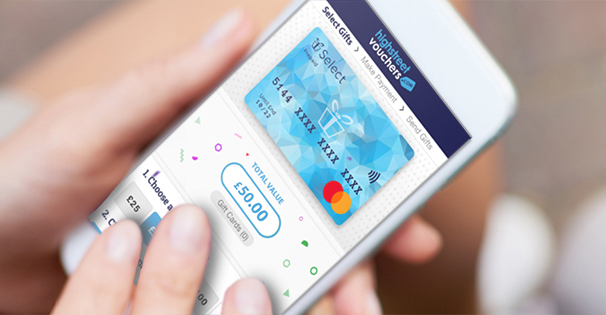CleverCards CEO: There’s only going to be one winning challenger bank
A number of Europe’s challenger banks have cut staff, experienced valuation drops and undergone serious scrutiny as to their end-of-year profitability plans.
Dublin-based fintech CleverCards, a start-up which helps companies pay consumers with virtual cards, thinks the challenger bank model lacks the right versatility to grow.

“When we say instant, we mean instant,” says Lennon
“There’s 38 digital challenger banks in Europe, but there’s only going to be one winner,” CleverCards’ CEO and founder, Kealan Lennon, tells FinTech Futures.
Whilst there are certainly scores of challenger banks across Europe, Lennon says none of these fintechs work adjacent to each other. Instead, they all offer closed-loop systems with similar, if not identical, offerings.
Growth during COVID-19
With the pandemic pushing more industries and businesses towards digital alternatives, CleverCards’ solution has experienced a spike in interest.
“COVID-19 has accelerated our growth, no doubt about it,” says Lennon.
“Insurance companies are calling us because they can’t do their pay outs, foreign exchanges are calling us because they have no agents, and home delivery services like Just Eat are calling us because they just want to make payments easier.”
For the last three months of this year, the CEO says the fintech is on track to process 10 times what it processed in Q1.
This growth has allowed the start-up to commit to 30 new hiring’s across the UK and Europe over the next six months.
“Originally, we had planned to add a further 50 people to our team in 2021, but demand for our payment technology is thriving and COVID-19 has expedited our plans.”
The QR model
In Lennon’s opinion, the next big thing in the UK and Europe will be QR codes and messenger-based payments.
These forms of payment are already the preferred payment method in China and wider Asian regions, popularised by Big Techs Alipay and WeChat Pay.
But whilst Chinese Big Techs have tried to push their payment methods onto Europe, they’ve had trouble making huge waves.
QR codes appeared in 2011 in China to replace cash. In Europe, contactless cards work a lot like QR codes, which is perhaps a reason why Big Techs have struggled to generate demand for an alternative like QR codes in Europe.
UK-based fintech Mode, which recently announced the appointment of Alipay’s former UK CEO to its executive team, is hoping to do what these Big Techs did in Asia, in Europe.
It seems that domestic players are keen to shift the dial themselves, rather than leaving it to international conglomerates.
“The future is crystal clear, I don’t say that arrogantly, I just say this in terms of hindsight,” says Lennon about the potential extinction of plastic cards.
He also thinks the identity attached to people’s payments will change. “When you receive a payment from a Visa card through a terminal, it doesn’t record the identity of the consumer,” he explains.
“We can actually turn Tesco cards into a payment solution. The technology is similar to challenger’s tech, but the business is a different model.” This would allow brands to build up much firmer customer loyalty strategies.
The fintech is also looking at potential credit solutions, which would help renters pay deposits without worrying about getting back their last deposit.
What is CleverCards?

Lennon claims the demand for his firm is “thriving”
For CleverCards, COVID-19 has accelerated its business, which relies on firms needing to pay consumers via digital channels.
The cards allow companies like insurance firms, foreign exchanges, and home delivery services to pay users digitally. They can send the virtual Mastercard instantly via email or WhatsApp.
“And when we say instant, we mean instant,” says Lennon. “That’s why we don’t say ‘real-time’, because the industry uses that to refer to times of an hour or transactions which are subject to cross-border restrictions.”
The card number locks to a consumer’s mobile phone number. It can be used via the web app, or users can download the card to their Google or Apple wallet and spend it when they see fit.
If the company wants, it can plug into CleverCards’ application programme interface (API) and include a wallet for the card in its own app.
Potential of reloadable cards
CleverCards offers two types of cards: one for single use, and one which can be reloaded if a company needs to send a recurring payment.
This sort of card works well for gig economy employers who want to pay their workers more often and easily.
It can also speed up some of the payments between landlords and agents, as tenants always pay an agency directly, which then has to pay the landlord.
This feature means the fintech can argue it’s removing the need for payments instruments such as debit cards, vouchers, cheques and even bank transfers.
The reloadable option also means the card can work a bit like a travel card, as it’s able to store different currencies.
Whilst CleverCards decided to go down the business-to-business (B2B) route first, it seems there is potential for direct-to-consumer services.
But Lennon is quite clear that for now, CleverCards operates a strictly B2B model.











































